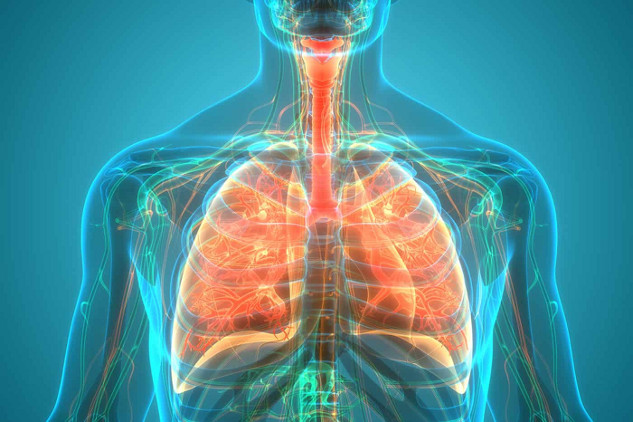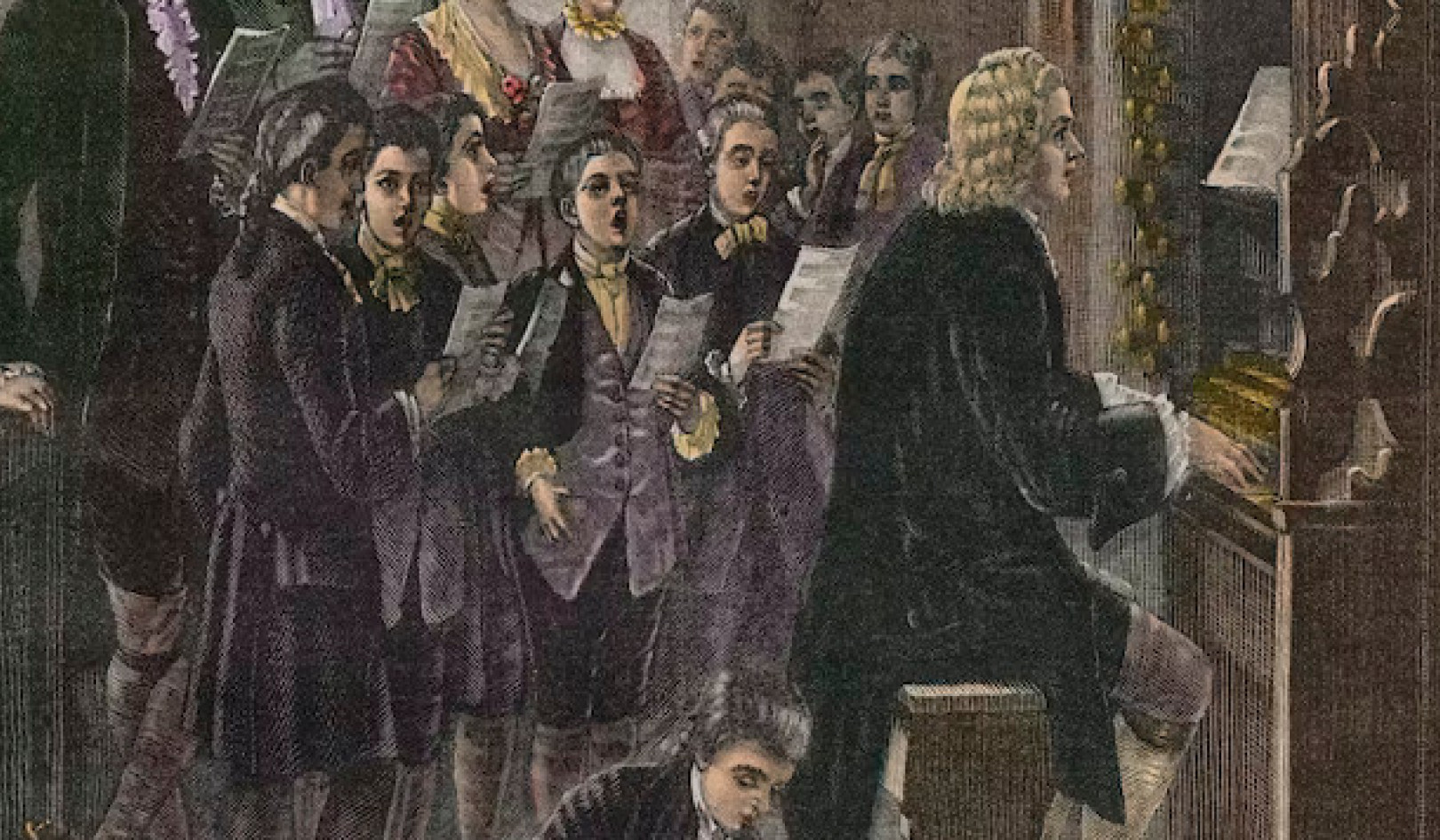
Của chúng tôi phổi are the interface between blood and air. Their role in oxygenating our bloodstream is their primary function, and they bear the brunt of a lot more than just pressures of oxygen and carbon dioxide. Borne upon the air are numerous chemicals, pollutants and particles that can generate many patterns of lung disease.
Inner-city pollution can lead to inhalation of gases including nito đioxit, which have been shown to affect other respiratory diseases like asthma. Bụi than led to a condition known as emphysema – known today as chronic obstructive pulmonary disease – in miners.
But some inhaled particles can cause unusually named diseases of their own and are more common in people who have certain jobs – or indeed certain pastimes. Asbestos is perhaps the best known example.
Sản phẩm history of asbestos is long and ultimately malignant. It is a naturally occurring substance – a strong, durable and heat-resistant material – and was once used extensively in the construction industry and in đóng tàu.
When asbestos breaks apart, it releases fibres into the air that can easily be inhaled. In migrating into the respiratory tract, it can first affect the lungs, generating a form of scarring that prevents them from inflating normally. This is called bệnh bụi phổi amiăng.
It can also move outwards to irritate and thicken the pleura (the membranous lining of the lungs), which restricts them from expanding even further.
Perhaps the worst association is that between asbestos and the aggressive form of cancer known as u trung biểu mô – which is serious and sadly incurable.
The spectrum of patients afflicted with asbestos-related illnesses isn’t just limited to men in the workplace either. Many wives who laundered their husbands’ dirty clothes were exposed too, as were children who shared the house.
Sản phẩm first established diagnosis of asbestosis was in 1924. What’s staggering is the delay between the first recognition of asbestos-related illness (and indeed death) in the early 1900s, before it was eventually banned from being used in some countries in the 1980s-90s, with its removal and disposal being carefully regulated.
Birds, brass and blue cheese
It isn’t just your job that can put you at risk of developing certain lung diseases. Sometimes, it’s the things you do with your spare time.
Take avian enthusiasts, for instance, those who keep pigeons to race or birds in the house as pets. If you are such a person, remain vigilant for chest symptoms such as persistent cough or shortness of breath, and take them seriously if they appear.
The pathology we’re looking at here has the elaborate name extrinsic allergic alveolitis or EAA. In a nutshell, inflammation of the tiny air sacs of the lungs (the alveoli) generated by an allergic response to an alien particle entering the body. It shares several features with asbestosis: a cough, tightness in the chest and shortness of breath.
EAA can be diagnosed on radiographic imaging. On a chest X-ray, the lung fields have a haziness to them that looks like ground glass. It can also be investigated with blood tests and a special respiratory test where the patient blows into a tube to measure their lung volumes and airflow on exhaling. We call this phép đo phế dung.
Back to feathered friends and the problems they can cause.
Dust from feathers and bird droppings contains avian proteins that can inflame the lungs when inhaled. These can come from a variety of different bird species. It is observed in pigeon keepers, but can also be seen in poultry farmers and those who sell birds as well as keep them. Even keeping small birds, such as canaries or budgerigars, can present a risk, but so can larger birds, such as cockatiels and parrots.
EAA has other causes aside from repeatedly inhaling particles from birds. The list is both extensive and quirky, including a variety of allergens that come from many fields.
Take the culinary industry, for instance. Imagine inhaling the fungi from the rinds of blue cheeses and contracting cheese-washer’s lung. Hoặc là fungi from moulding grapes and developing wine-grower’s lung. Similar particles can come off of coffee beans, molasses sugar, mushrooms and barley, each creating its own form of respiratory illness.
Those who work with dried grass or hay – nông dân or thatchers, for instance – can also find themselves on the receiving end of other inflammatory fungi. Other sources include sawdust, fertilisers and mosses.
It also appears that playing music or taking a dip in the hot tub is not entirely risk free. Bacteria related to those causing tuberculosis can be inhaled from a brass instrument or the bubbling water. They’re also colloquially referred to as brass player’s lung và phổi bồn nước nóng.
Most of these conditions can be treated with steroids, but the primary objective is to avoid exposure to the allergen in question. For some, this is easier than others. Getting rid of a beloved pets may prove as difficult as switching careers.
Part of the difficulty may be in establishing what it is that’s causing the problem. That’s why it is always important for a doctor to ask about both occupation and hobbies in a consultation about respiratory symptoms.
So don’t underestimate how the air we breathe can affect our lungs. Both city and country air can work their influence.![]()
Dan Baumgardt, Giảng viên cao cấp, Trường Sinh lý học, Dược lý và Khoa học thần kinh, Đại học Bristol
Bài viết này được tái bản từ Conversation theo giấy phép Creative Commons. Đọc ban đầu bài viết.
Sách liên quan:
Cơ thể ghi điểm: Bộ não và cơ thể trong quá trình chữa lành chấn thương
bởi Bessel van der Nikol
Cuốn sách này khám phá mối liên hệ giữa chấn thương với sức khỏe thể chất và tinh thần, đưa ra những hiểu biết sâu sắc và chiến lược để chữa lành và phục hồi.
Bấm để biết thêm thông tin hoặc đặt hàng
Hơi thở: Khoa học mới về nghệ thuật đã mất
bởi James Nestor
Cuốn sách này khám phá khoa học và thực hành thở, cung cấp những hiểu biết sâu sắc và kỹ thuật để cải thiện sức khỏe thể chất và tinh thần.
Bấm để biết thêm thông tin hoặc đặt hàng
Nghịch lý thực vật: Nguy cơ tiềm ẩn trong thực phẩm "lành mạnh" gây bệnh và tăng cân
của Steven R. Gundry
Cuốn sách này khám phá mối liên hệ giữa chế độ ăn uống, sức khỏe và bệnh tật, đưa ra những hiểu biết sâu sắc và chiến lược để cải thiện sức khỏe tổng thể và sức khỏe.
Bấm để biết thêm thông tin hoặc đặt hàng
Mã miễn dịch: Mô hình mới cho sức khỏe thực sự và chống lão hóa triệt để
bởi Joel Greene
Cuốn sách này đưa ra một quan điểm mới về sức khỏe và khả năng miễn dịch, dựa trên các nguyên tắc biểu sinh và đưa ra những hiểu biết sâu sắc cũng như chiến lược để tối ưu hóa sức khỏe và lão hóa.
Bấm để biết thêm thông tin hoặc đặt hàng
Hướng dẫn hoàn chỉnh về nhịn ăn: Chữa lành cơ thể thông qua nhịn ăn gián đoạn, luân phiên và kéo dài
bởi Tiến sĩ Jason Fung và Jimmy Moore
Cuốn sách này khám phá khoa học và thực hành nhịn ăn, cung cấp những hiểu biết sâu sắc và chiến lược để cải thiện sức khỏe tổng thể và sức khỏe.





























